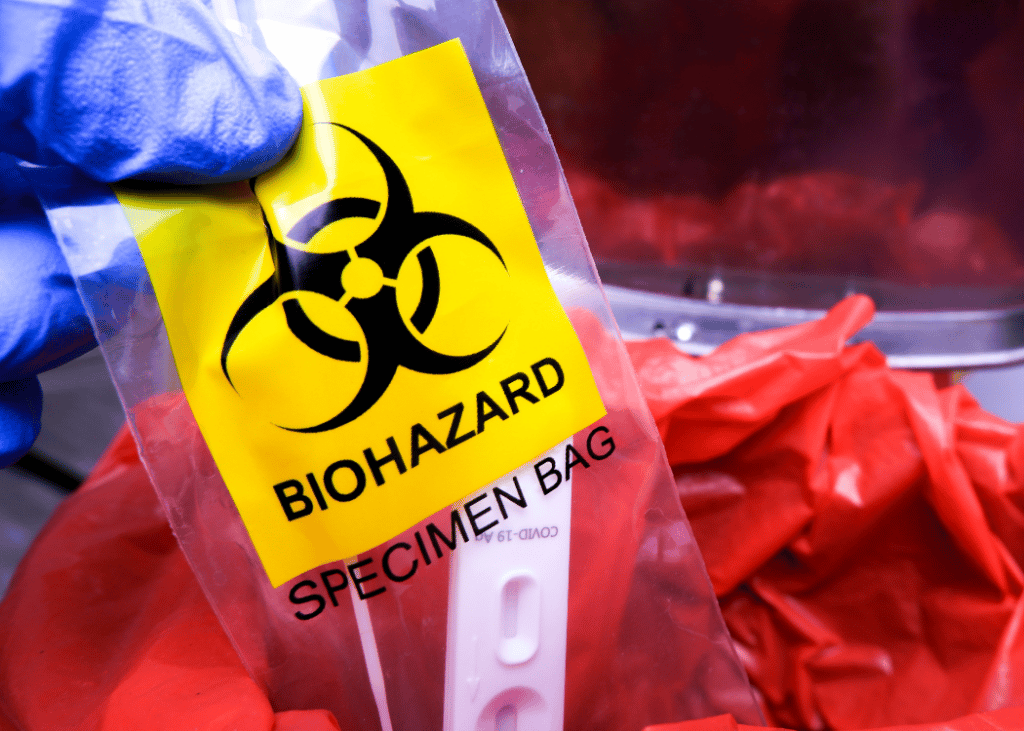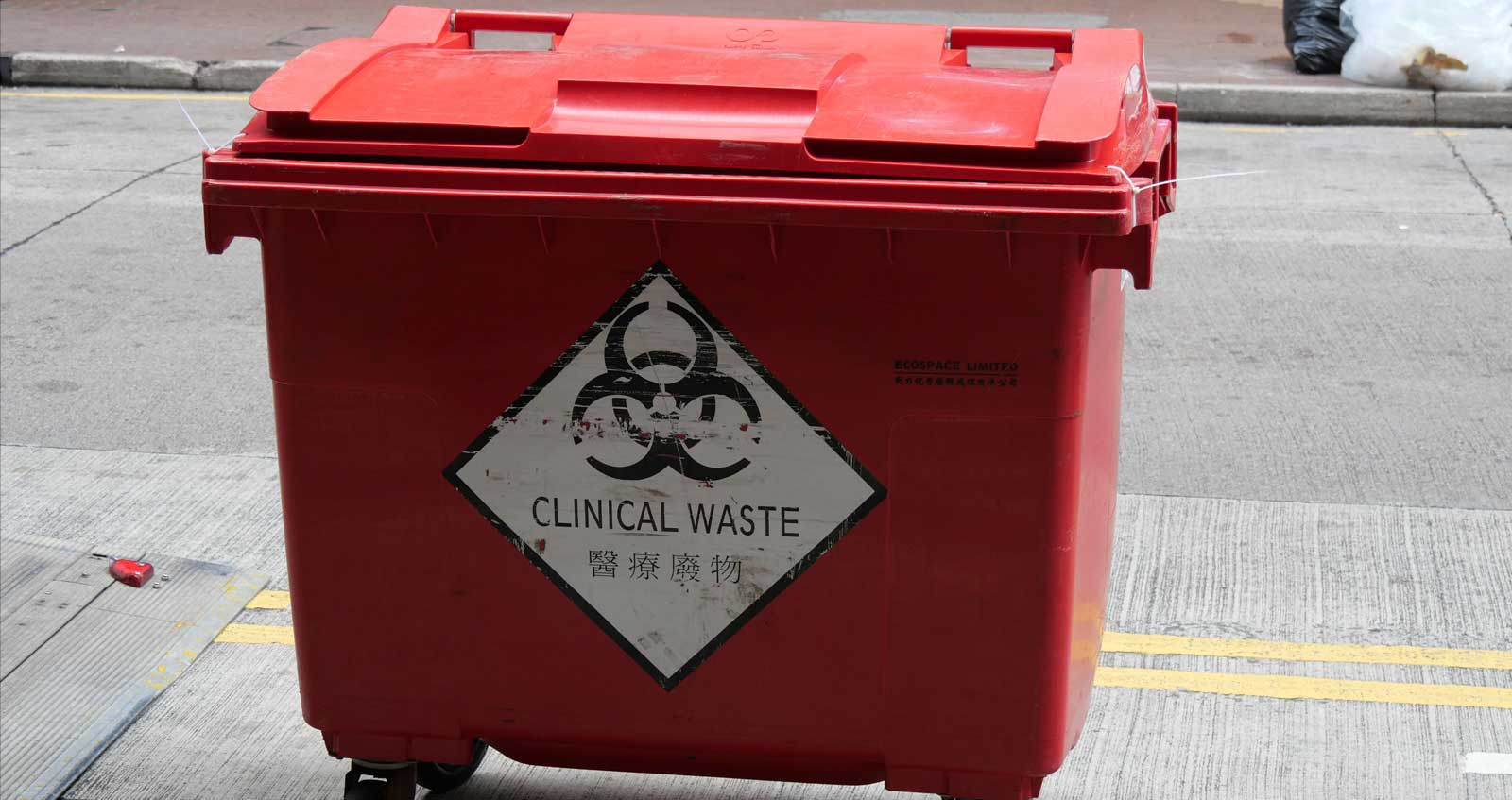Medical Waste Removal Quality: Your Trusted Partner in Safe Biohazard Disposal
Medical Waste Removal Quality: Your Trusted Partner in Safe Biohazard Disposal
Blog Article
Recognizing the Various Kinds Of Waste Disposal Methods
In the world of waste monitoring, the selection of disposal strategies readily available today is vast and differed, each technique serving an unique objective in attending to the difficulty of waste disposal. click here. From recycling techniques that aim to give new life to materials, to the elaborate processes of contaminated materials monitoring, the landscape of waste disposal is complicated yet important for environmental sustainability. Understanding the subtleties of these various methods not only drops light on the importance of responsible waste monitoring however additionally motivates us to reassess our strategy towards waste disposal in a rapidly advancing globe

Recycling Methods
Recycling methods are important for lasting waste monitoring methods in both industrial and residential setups. medical waste disposal. By applying efficient recycling approaches, a significant amount of waste can be diverted from landfills, conserving all-natural resources and lowering the environmental impact of production procedures
In suburbs, curbside recycling programs play a crucial role in encouraging houses to different recyclable products from general waste. Products such as paper, plastics, glass, and steels can be arranged and gathered for handling into new items, minimizing the demand for resources and energy-intensive manufacturing processes.
Industrial centers also count on recycling approaches to decrease waste generation and promote a round economic climate. By carrying out closed-loop systems, organizations can recycle products within their manufacturing procedures, minimizing costs and environmental impact. medical waste disposal. Additionally, commercial recycling programs frequently entail partnerships with specialized recycling centers to make certain that products are appropriately sorted, refined, and reintegrated right into the supply chain
Composting Strategies

Oxygenated static pile composting includes blending organic waste products in a large pile and routinely transforming it to make sure correct oygenation. This strategy is fit for smaller-scale operations and families.
In-vessel composting entails putting organic waste in a closed container with regulated conditions for temperature level and oygenation. This technique works for handling food waste in city locations. Windrow composting includes creating long rows of natural waste and consistently turning them to promote decay. This method is commonly utilized in farming settings.
Garbage Dump Disposal
Land fill disposal is a generally used technique for managing waste that can not be reused or composted. Methane gas, a result of decomposing organic waste in land fills, is frequently collected and utilized as a resource of renewable power. Efforts to lower reliance on garbage dumps consist of promoting waste reduction, reusing, and checking out different waste disposal techniques to decrease the ecological impact connected with standard land fill disposal techniques.

Waste-to-Energy Incineration
Incineration of waste for power generation is a method progressively being thought about as an option to traditional land fill disposal strategies. Waste-to-energy incineration includes the combustion of waste products at high temperatures, usually in specialized facilities developed to create power or warmth via the procedure - click here. This strategy not just reduces the volume of waste that would otherwise be predestined for land fills but likewise takes advantage of the warm produced throughout incineration to produce power
Among the crucial benefits of waste-to-energy incineration is its capacity to generate power while decreasing the environmental influence contrasted to standard landfill disposal methods. By converting waste into energy, this approach assists in reducing greenhouse gas exhausts and reliance on fossil gas for energy generation. Furthermore, waste-to-energy facilities are equipped with innovative air pollution control innovations to minimize prospective toxic wastes released during the burning process.
Hazardous Waste Administration
.jpg)
Thinking about the critical significance of liable waste administration methods, specifically in the world of ecological sustainability, the focus now changes in the direction of the detailed domain of Hazardous Waste Administration. Contaminated materials presents considerable risks to both human health and wellness and the setting, necessitating customized handling and disposal techniques. Usual examples of contaminated materials consist of chemicals, batteries, pesticides, and digital waste.
Hazardous Waste Management involves the recognition, collection, transport, treatment, and disposal of materials deemed harmful or potentially unsafe. This process needs adherence to strict guidelines and standards to mitigate negative effect on communities and public health and wellness. Different methods are employed in managing harmful waste, including recycling, secure landfills, encapsulation, and chemical therapy.
Proper Hazardous Waste Administration is critical for avoiding contamination of dirt, water sources, and air pollution. It is important for sectors, labs, medical care centers, and other generators navigate to this website of hazardous waste to carry out robust management approaches, training programs, and emergency situation response plans to make certain the secure handling and disposal of these products. Failure to take care of contaminated materials properly can have far-reaching consequences, highlighting the relevance of responsible and thorough practices in this area.
Verdict
In conclusion, waste disposal techniques play a vital function in handling and decreasing the impact of waste on the atmosphere. It is vital for markets and individuals to understand the various waste disposal techniques readily available and choose the most ideal approach for sustainable waste management.
In the world of waste administration, the selection of disposal techniques readily available today is large and varied, each method offering a distinct objective in addressing the difficulty of waste disposal. click here. From reusing techniques that aim to provide brand-new life to materials, to the intricate processes of unsafe waste management, the landscape of waste disposal is complex yet important for ecological sustainability. Recognizing the subtleties of these various methods not only sheds light on the importance of responsible waste monitoring yet additionally triggers us to reconsider our method in the direction of waste disposal in a swiftly progressing globe
Efforts to lower reliance on landfills include promoting waste decrease, recycling, and checking out different waste disposal techniques to minimize the environmental footprint connected with typical land fill disposal practices.
It is vital for industries and individuals to comprehend the various waste disposal techniques offered and select the most appropriate method for sustainable waste monitoring.
Report this page